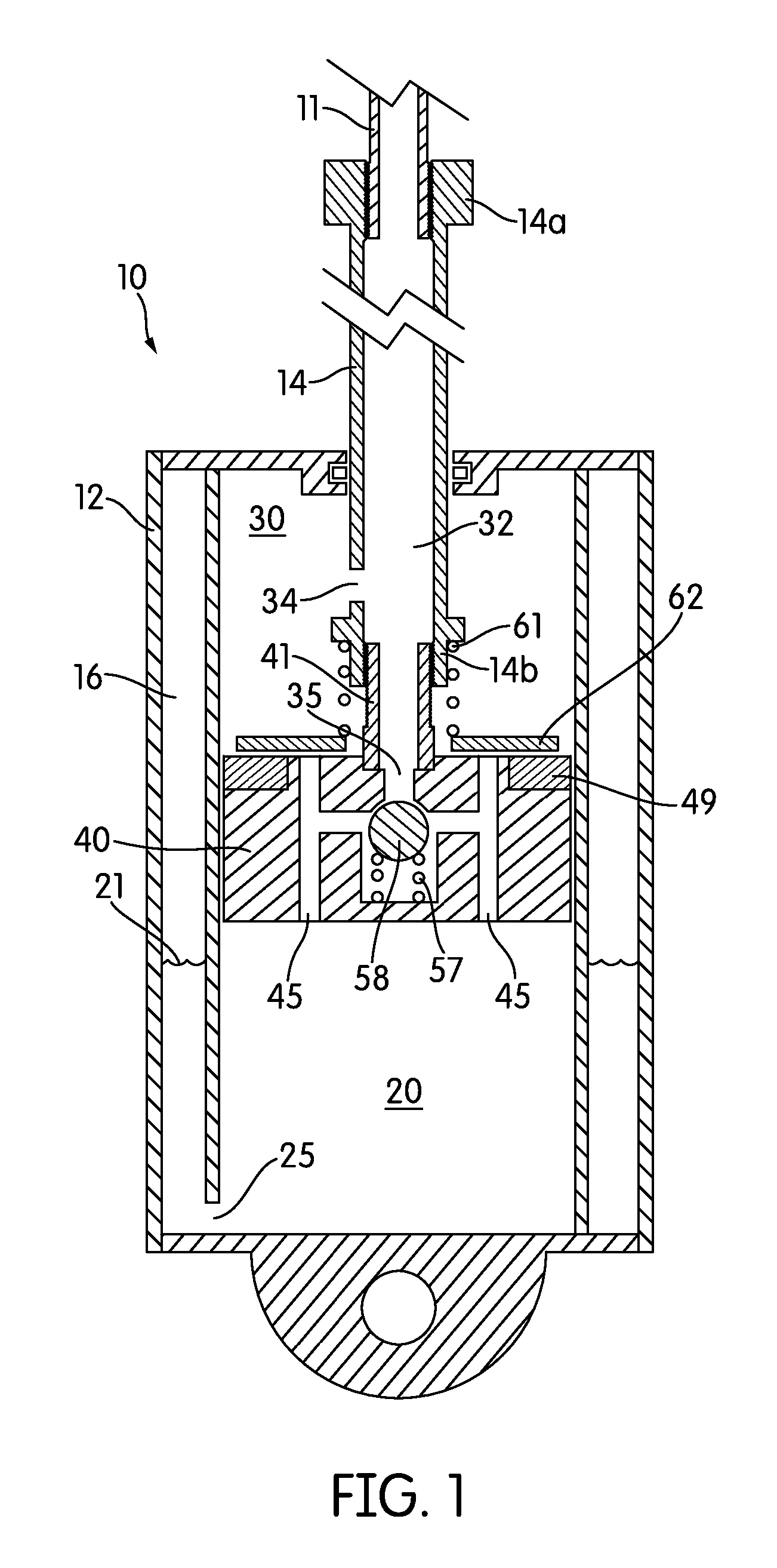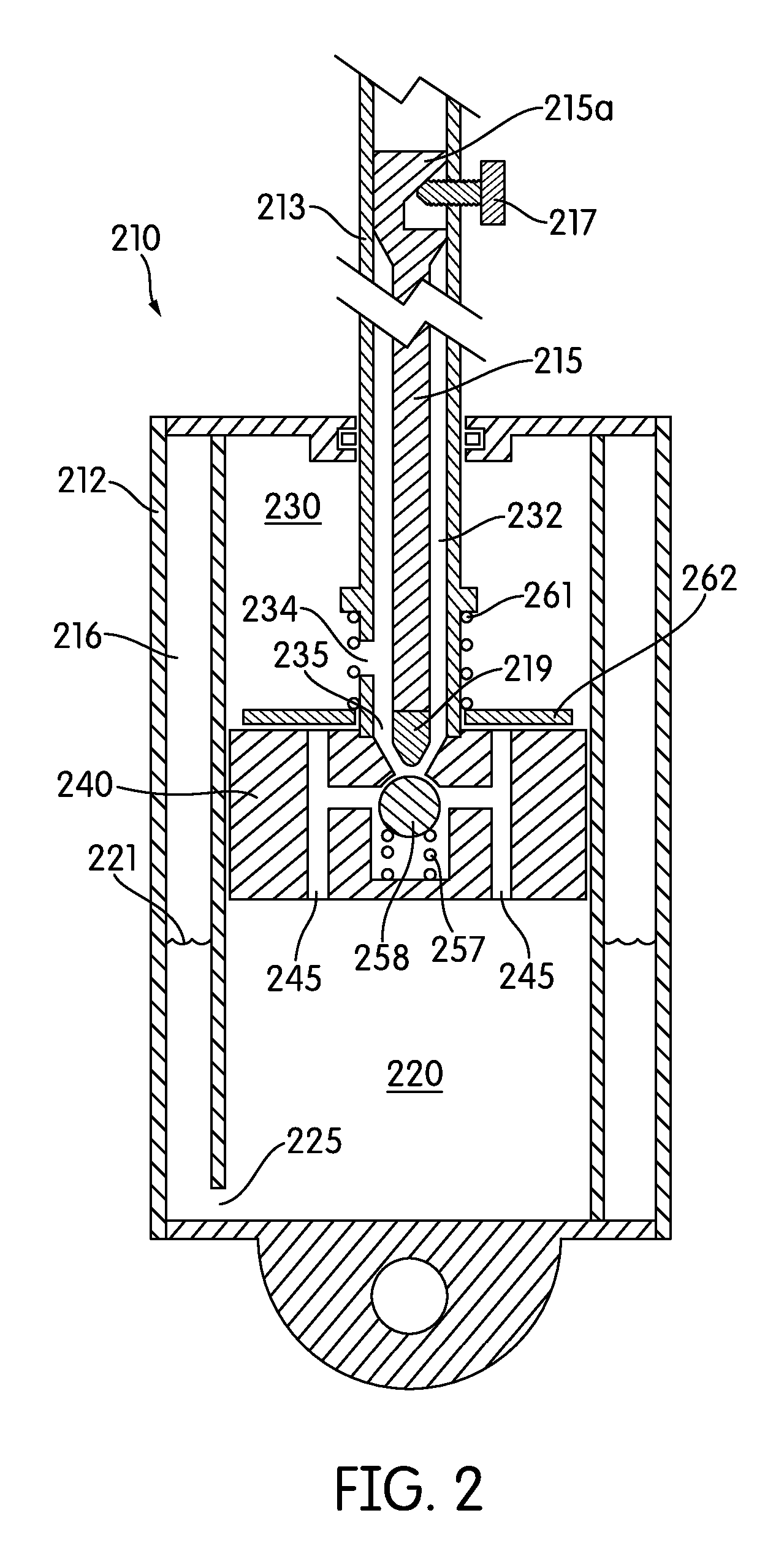Valve for shock absorbers
a valve and shock absorber technology, applied in the direction of shock absorbers, vibration dampers, springs/dampers, etc., can solve the problems of loss of pedaling efficiency, limited sensitivity of the damper valve, and limited potential of the flow-sensitive damper to distinguish between bumps and movements of the vehicle chassis, so as to improve the suspension performance
- Summary
- Abstract
- Description
- Claims
- Application Information
AI Technical Summary
Benefits of technology
Problems solved by technology
Method used
Image
Examples
Embodiment Construction
[0063]In the present disclosure, a plurality of valves are disclosed and described as being used in connection with one or more shock absorbers. Each of these valves is shown as being positioned between two fluid-filled chambers and functions generally to control the flow of fluid between the two chambers. In many embodiments, the disclosed valves control the flow from a first one of the chambers to a second one of the chambers in one manner and control the flow from the second one of the chambers back to the first one of the chambers in a different manner. The flow of fluid from the first to the second chamber may accompany a compression stroke of the shock absorber. The flow of fluid from the second to the first chamber may accompany a rebound stroke of the shock absorber. The combination of the compression stroke and the rebound stroke of the shock absorber may be considered a stroke of the shock absorber.
[0064]Although each valve is shown as being positioned directly between two...
PUM
 Login to View More
Login to View More Abstract
Description
Claims
Application Information
 Login to View More
Login to View More - R&D
- Intellectual Property
- Life Sciences
- Materials
- Tech Scout
- Unparalleled Data Quality
- Higher Quality Content
- 60% Fewer Hallucinations
Browse by: Latest US Patents, China's latest patents, Technical Efficacy Thesaurus, Application Domain, Technology Topic, Popular Technical Reports.
© 2025 PatSnap. All rights reserved.Legal|Privacy policy|Modern Slavery Act Transparency Statement|Sitemap|About US| Contact US: help@patsnap.com



